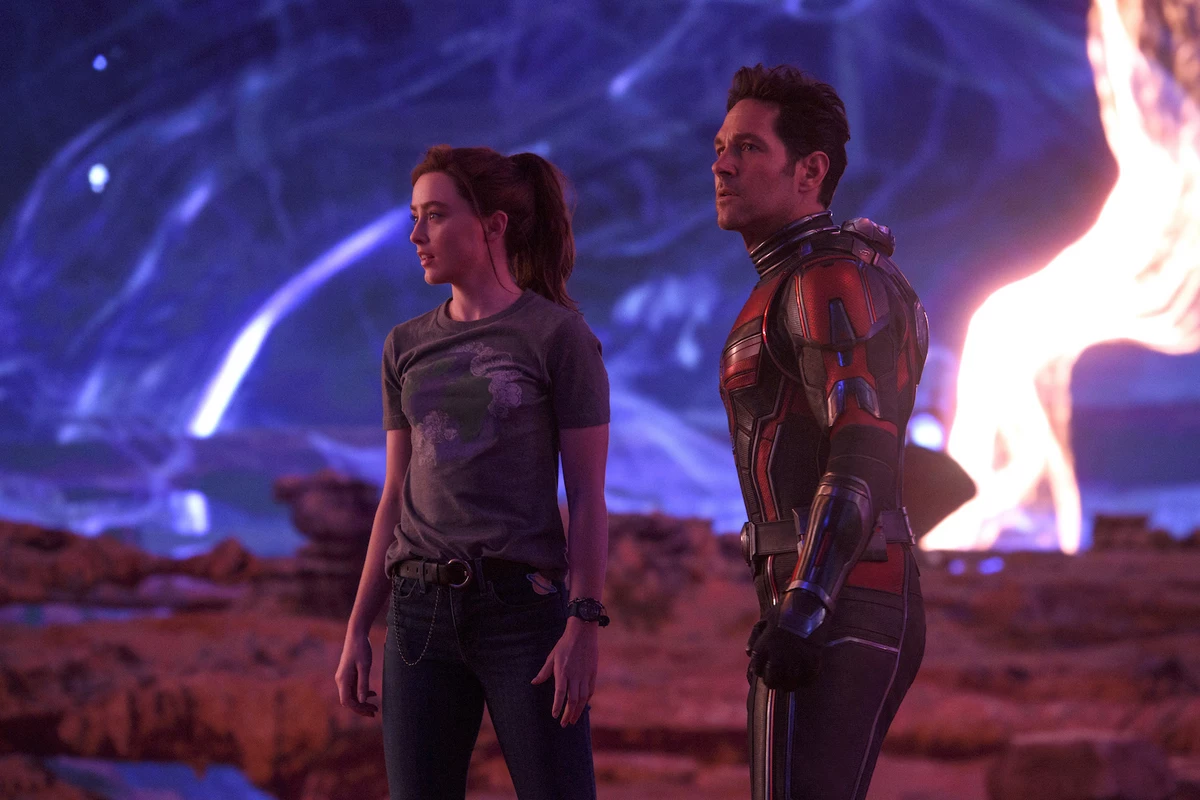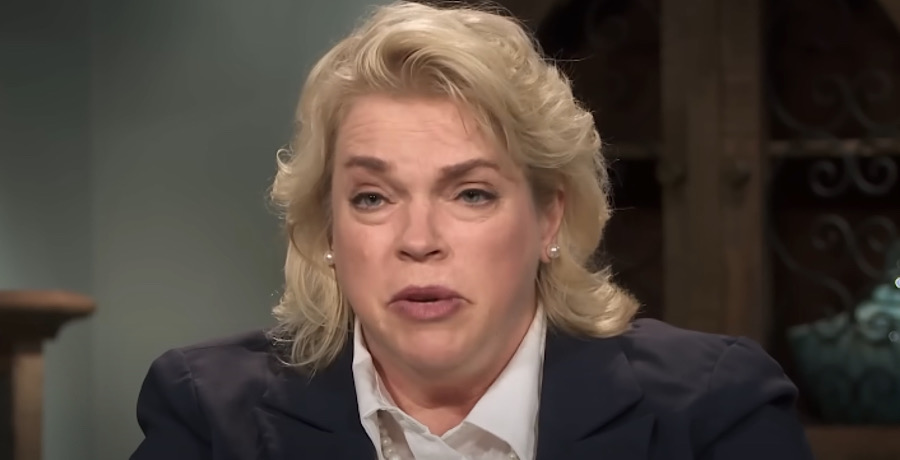Technically, Ant-Man and the Wasp: Quantumania is the smallest Ant-Man movie, since almost all of it is set inside the infinitesimally tiny “Quantum Realm.” But only technically; from pretty much any other perspective, it’s the biggest film in the franchise. It embroils its shrinking superhero and his allies in a battle for the fate of the Quantum Realm, and maybe all life in the multiverse. If you enjoyed the earlier Ant-Mans for their relatively low stakes and charmingly mundane side characters, you may find yourself perplexed by Quantumania. How did we wind up here?
Scott Lang (Paul Rudd) is wondering the same thing. As his opening voiceover narration concedes, his life “doesn’t make sense.” It’s true; in just a few years, Scott went from a cat burglar robbing an eccentric scientist named Hank Pym (Michael Douglas) to using Pym’s shrinking tech to travel through time and save half of all life in the universe with the help of Hank’s daughter Hope — AKA the Wasp (Evangeline Lilly). Things only get weirder in Quantumania, after Scott’s teenage daughter Cassie (Kathryn Newton) sends a signal into the Quantum Ream, and the response unexpectedly sucks Scott, Cassie, Hank, Hope, and Hope’s mom (and Pym’s wife [and the original Wasp]) Janet (Michelle Pfeiffer) down into its uncharted microscopic depths.
From there, Quantumania becomes a non-stop barrage of action, visual effects, and occasional infodumps, mostly about the movie’s ominous but nebulous villain, Kang the Conqueror (Jonathan Majors). This time-traveling warlord has been trapped in the Quantum Realm for years, and now he wants out. And if you know anything about Marvel’s plans for the next five years — or even just the title of the next Avengers sequel — you know the dude means business.
Kang talks a lot about time; he claims he can give more of it to some characters, and describes it to others as “a cage” that must be escaped. It certainly feels like a cage during Quantumania, which races breathlessly around the Quantum Realm as Scott and his family encounter quirky locals and then come into conflict with Majors’ Big Bad. What’s up on the screen is fine. There’s a lot of pleasantly bizarre character designs and some trippy imagery as Scott ventures deeper and deeper into Kang’s fortress. Rudd himself remains a sturdy, likable presence at the movie’s center, always ready to balance out the screenplay’s impulses toward ominous speeches about fate with a well-timed, underplayed quip. (The script was written by Rick and Morty veteran Jeff Loveness.)
Majors strikes a very different chord as Kang — where Rudd goes small, he goes very big — but it works for this character, who does seem like a very credible (if somewhat vague) threat. The rest of the supporting cast more than pulls their weight, with Pfeiffer as the main standout in way more screentime than 2018’s Ant-Man and the Wasp afforded her. The performances are even more impressive given that Quantumania seems to have been shot almost entirely in a big green room with everything except the top-billed stars added in later by computers.
That’s all the stuff that’s onscreen. It’s the stuff that’s not onscreen that becomes an issue. The first two Ant-Man movies occupied a unique place in the Marvel Cinematic Universe thanks to their low-level drama and deeply human characters, most of whom weren’t superheroes at all. Since Quantumania rarely leaves the Quantum Realm, it loses a lot of the humanity and relatability that made the earlier films so charming. Quantumania sorely misses Luis (Michael Peña) and the rest of Scott’s crew at the security company where he worked when he wasn’t off avenging crimes. Scott and Cassie also mention his ex-wife Maggie (Judy Greer), but she never appears onscreen. And one of the best supporting characters in either previous Ant-Man has his role in Quantumania reduced to a wordless cameo.
As a result, your reaction to Quantumania will probably be determined by what you want out of the movie. If you want to see a lot of strange CGI visuals and the you’re interested in the groundwork of the next phase of the Marvel Cinematic Universe, you’ll likely walk out satisfied (if maybe a little confused about the specifics of Kang’s larger plan). If you want to see an Ant-Man movie like the previous two Ant-Man movies — with wry humor, simple stories, and inventive uses of Ant-Man’s shrinking powers — you’re as out of luck as Scott Lang after Kang drags him to the Quantum Realm.
Unlike Scott Lang’s life, Marvel’s choices do make sense; audiences tend to come out in larger numbers to their films that tie closely to the MCU’s overarching narrative. With Quantumania, they’ve brought Ant-Man from the fringes of the action to its center. That will undoubtedly make it the most financially successful entry in the franchise. But that choice may not be to everyone’s taste.
Additional Thoughts:
-Bill Murray’s Quantumania role is tiny. (No, that is not an Ant-Man pun.)
-While Marvel’s hallmark for 15 years has been its ability to carefully build a massive interconnected franchise from the ground up, there are recent signs that their grand plan might not be as solid as it once was. Quantumania has several elements that work perfectly fine on their own, but don’t quite line up with characters, choices, and even locations that have come before.
-I think a lot of people are going to be left befuddled by Kang. Like Thanos, he is immensely powerful and intimidating. Unlike Thanos, his goals and motivations are oblique. If you don’t know his comic-book backstory — which can be quite confusing in and of itself — you may not get the full picture from Quantumania.
RATING: 6/10
Every Marvel Phase Four Movie and TV Show Ranked
After eight TV shows and seven movies, Phase Four of the Marvel Cinematic Universe is complete. What were the highlights and lowlights? We ranked them all.



























.jpg)



